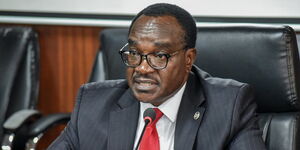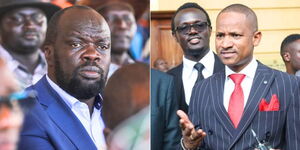Kenya Power Managing Director and CEO Joseph Siror, on Tuesday, August 15, explained the various losses incurred by the company, which often lead to high power prices reflecting on consumers' bills.
Speaking during an interview with Spice FM, Siror attributed price increases to technical and commercial losses, with the former incurred during the transmission and distribution of power.
He, however, assured that they were working on lowering the losses as reducing them to 0 per cent is highly impossible.
According to Siror, commercial losses, on the other end, were often caused by illegal connections and vandalism.
Level of Voltage
Siror explained that the higher the voltage of the transmission, the lower the technical losses incurred by the company.
He further elaborated that the losses are reduced by 25 per cent when Kenya Power doubles the voltage. To sustain the education, the energy company embarked on various projects to ensure a consistent high-voltage supply.
The high-voltage Turkwel-Ortum-Kitale Power line will provide an alternative transmission evacuation route for the Turkwel power plant and reduce the circuit distances from 400km to 138km, ultimately reducing the number of technical losses incurred.
Long Transmission Line
During the distribution of power, lengthy transmission lines contribute to higher technical losses and often result in consumers buying fewer units at higher prices. Longer transmission lines have increased resistance which affects the flow of electricity.
"We are working on several projects involving the use of high-voltage power lines to reduce the technical losses that occur naturally when transmitting power over long distances. Ultimately this will reduce the cost of power," Siror stated.
However, Siror lamented that some of these lines are yet to be completed due to various reasons, including contractors declaring bankruptcy in the case of the Sondu-Homabay-Awedo project.
Type of Conductor
According to the CEO, Kenya Power predominantly uses aluminium as the conductor in most of its transmission lines. Aluminium is cheaper than copper, easily available, and has a better conductivity-to-weight ratio but bends a lot more than copper.
Besides the type of conductor, Siror explained that the thickness also contributes to the number of losses incurred. A thicker conductor minimises the technical losses as it has lower resistance to the flow of electricity; thus, less energy is lost.
"The best conductor we can use is copper but it is expensive so we opt for aluminum. This is an indication that we are allowing some losses," he stated.
Siror added that the company was working to balance the infrastructure cost and the number of losses it can allow.












